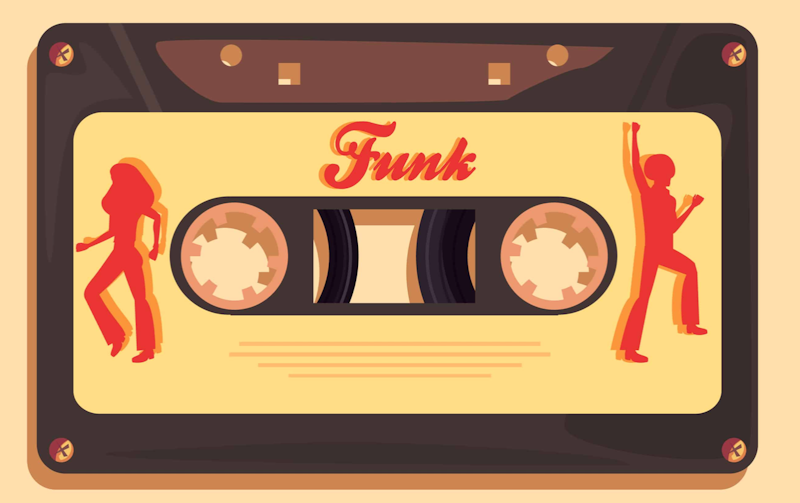At a certain point, call it 1982, it was hard to name the dominant style of black pop music. Aretha Franklin, James Brown, and even Al Green might’ve been pulling comebacks, but the golden era of soul ended almost a decade before. Disco was over: nothing that sounded like that could be on the pop charts at all. The great funk of bands like the Ohio Players, the Bar-Kays, or Funkadelic started to sound dated, though it sounds great now. Hip-hop was in its first phase of pop crossover: the first hit singles (Grandmaster Flash's "The Message," for example) just emerging; Run DMC came out the next year. It’d be another few year before black radio started sounding a lot like Prince, with poppy, almost bass-less singles and falsetto vocals.
The early-1980s were an interregnum in the whole culture. The Carter-period “malaise” and recession seemed to be lifting as Reagan took office in '81, and the results of Reagan's policies, particularly in inner cities, hadn’t yet become fully evident. The crack epidemic hadn't broken out yet, or was just being invented. AIDS was a mere rumor for most people. The music I'm describing—songs like "Juicy Fruit" by Mtume, or Patrice Rushen's Feels So Real—had an innocent sexiness and mellow party vibe that might’ve seemed ridiculous or irrelevant by the time you got to "Fight the Power" (1990).
A simpler, more innocent time? Well maybe for 24 faux-naive months.
I kept calling the great black pop of '81-'85 “funk,” but it was a modified funk, with lower bpm and a tendency to find a slow grind or groove, at least relative to 1970s disco and the proto-techno, gay-oriented dance music that was emerging by the 80s. Unlike previous soul, funk, or r&b, but in common with disco, it primarily used electronic instrumentation and rhythm tracks, which made the whole vibe different than the big 1970s funk shows featuring multiple drummers, horn sections, and Bootsy Collins. The pace and production can be summarized in two words: Gap Band. It was primarily studio music, the producers more relevant overall to the sound than the artists under whose names the records were released.
In that, and in other ways, 1980s-style funk was connected to the post-punk or New Wave "synth pop" emerging in England. When I was living in London in '83 and '84, it was all Thompson Twins and ABC until Shannon showed up with "Let the Music Play," which wasn’t that far from Human League.
The style produced delightful records, but almost no stars that endured beyond the interregnum. But its rhythm tracks have been sampled ever since and have proven completely fundamental. Zapp's Dance Floor, for instance, features Roger Troutman on the "talk box," a vocal synthesizer producing an auto-tune effect of the sort that would be used by more or less every artist from 2005 to 2020. The song’s also the armature of Dre and Tupac's "California Love." Mtume, before dissipating, helped give the world Biggie.
What else should be on this?
Black pop of the interregnum, '81-'85 or so.
(1) Gregory Abbott, Shake You Down (it was a problematic time)
(2) Mtume, "Juicy Fruit"
(3) Gap Band, "Early in the Morning"
(4) Zapp, "Dance Floor"
(5) The Dazz Band, "Let it Whip"
(6) Cameo, "Attack Me With Your Love"
(7) Midnight Star, "No Parking (On the Dance Floor)"
(8) Al B. Sure!, "Nite and Day"
(9) Imagination, Just an Illusion (deal with the vid, y'all)
(10) DeBarge, I Like It
(11) Kashif, "I Just Gotta Have You"
(12) Loose Ends, "Hangin' On a String"
(13) D Train, You're the One for Me
(14) Nu Shooz, I Can't Wait (I see white people)
(15) Shannon, "Let the Music Play"
(16) Patrice Rushen, "Feels So Real"
—Follow Crispin Sartwell on Twitter: @CrispinSartwell

